Airnova, a vertiport firm based in Bordeaux, France, has launched a €3 million (US$3.2 million) funding effort in order to create what might be the first vertiport network connecting all of France's major cities. The company's creator has already invested €500,000 (US$527,000) in the concept and is currently in talks with angel investors and investment firms about additional funding.
In 2020, Airnova created a unique vertiport design which was then approved for the French territory in April 2022 by INPI, the French institute for intellectual property rights. An extension to the rest of Europe is currently under approval- said Laurent Mathiolon, CEO and founder of Airnova
Mathiolon, who has a civil engineering degree, has managed construction, real estate, and land development projects for over 35 years through his other company Aqprim.
Airnova's vertiports are built for multi-modal operations such as freight and last-mile delivery, passenger transport, and civil security activities including firefighting and air ambulance.
Each of Airnova's urban vertiports will feature two landing pads and two parking stations for logistics operations and rapid battery charging, occupying a 1,000-square-meter footprint (10,700 square feet).
airnova
The vertiports will be built to give eVTOL aircraft access to a range of power sources, such as electric charging stations or, when the technology becomes available, hydrogen charging stations. Backup batteries can be deployed near parking lots as well.
The landing surfaces, according to Mathiolon, are meant to accommodate aircraft weighing up to eight tons, and a modest elevation is intended to improve eVTOL landing performance by decreasing venturi and ground effects. According to him, this structure will also allow for simpler access to the underside of the eVTOLs for logistics and battery repair operations. Airnova worked with eVTOL firms including Volocopter and Airbus, as well as various helicopter operators, to create its vertiport design.
AI and robots will be at the forefront of operations
At each Airnova peak, a tiny control tower staffed by qualified workers will be constructed, and a set of artificial intelligence (AI)-assisted cameras will support drone sky controllers in monitoring each aircraft's landing and takeoff.
airnova
Airnova is currently working on eVTOL passenger screening systems with the French company Dassault Systèmes. The vertiport will also use automation to manage passenger boarding, such as validating tickets and granting passengers access to the boarding area. A supervisor will validate each step remotely.
To assure safety, advanced technology like as facial recognition, light detection and ranging (LiDAR), 3D screening, and artificial intelligence (AI) will be deployed. said Mathiolon.
Airnova proposes to develop vertiginous ground infrastructure dubbed VertiStations, ideally outside of cities and near logistics centers, in addition to three major types of vertiport designs.
Getting started
Airnova intends to construct peaks as early as 2023, with an initial focus on France's main cities like Bordeaux, Nantes, and Toulouse.
Mathiolon said a one-way trip from Bordeaux to Toulouse, which might take about two hours by train or three hours by car at peak times, would now be completed in less than an hour by eVTOL.
A mayor and other local authorities in the Paris area have urged Airnova to create eVTOL vertiports for the 2024 Olympic Games.
SOURCE : airnova.immo | verticalmag
COVER : airnova
Read next
Air India is close to placing landmark orders for as many as 500 jetliners worth tens of billions of dollars from both Airbus and Boeing as it carves out an ambitious renaissance under the Tata Group conglomerate, industry sources said on Sunday.
The orders include as many as 400 narrow-body jets and 100 or more wide-bodies, including dozens of Airbus A350s and Boeing 787s and 777s, they said, speaking on condition of anonymity as finishing touches are placed on the mammoth deal in coming days.
Such a deal could top $100 billion dollars at list prices, including any options, and rank among the biggest by a single airline in volume terms, overshadowing a combined order for 460 Airbus and Boeing jets from American Airlines over a decade ago.
Even after significant expected discounts, the deal would be worth tens of billions of dollars and cap a volatile year for plane giants whose jets are again in demand after the pandemic, but who face mounting industrial and environmental pressures.
It would also allow Airbus to secure a home for some A350 production slots initially earmarked for Russia's Aeroflot and now left open because of war-related sanctions against Moscow.
Airbus and Boeing declined to comment. Tata Group-owned Air India did not respond to a request for comment.
China last week delivered its first C919 jetliner but is at least a decade away from competing on such a scale, experts say.
The potential blockbuster order comes days after Tata announced the merger of Air India with Vistara, a joint-venture with Singapore Airlines, to create a bigger full-service carrier and strengthen its presence in domestic and international skies.
That deal gives Tata a fleet of 218 aircraft, cementing Air India as the country's largest international carrier and second largest in the domestic market after leader IndiGo.
Buying debt-ridden Air India has also given Tata access to valuable flying rights and landing slots, especially to destinations in the United States and Europe.
HURDLES TO GROWTH
Air India's maharajah mascot was once synonymous with lavishly decorated planes and stellar service but its reputation declined in the mid-2000s as financial troubles mounted.
Founded by JRD Tata in 1932, Air India was nationalised in 1953. Tata regained control in January and has since been working to revive its reputation as a world-class airline.
The order reflects a strategy to re-capture a solid share of trips between India's large overseas diaspora and cities such as Delhi and Mumbai, dominated by foreign rivals such as Emirates.
Air India also wants to win a bigger share of regional international traffic and the domestic market, setting up a battle on both fronts with IndiGo.
Delivered over the next decade, the 500 jets would replace and expand fleets in the world's fastest-growing air travel market, while contributing to Prime Minister Narendra Modi's goal of expanding the economy to $5 trillion.
But experts warn many hurdles stand in the way of Air India's ambition to recover a strong global position, including frail domestic infrastructure, pilot shortages and the threat of tough competition with established Gulf and other carriers.
It may also struggle to get the medium-haul Airbus A321neos being ordered for the Air India-Vistara tie-up as quickly as it would like, with the European planemaker sold out until 2028 or beyond.
One industry source said new Boeing 737 MAXs will most likely go to Air India Express, the company's budget operator which could be renamed.
Insiders say plane and engine makers have been clamouring at Air India's door for months, with new Chief Executive Campbell Wilson refusing to rush the make-or-break fleet decision.
Reuters reported in July that Air India was taking more time to study Airbus A350s and Boeing wide-body 787 and 777 models, on top of a probable mixed order for smaller single-aisle jets.
Last month, Campbell confirmed talks to "greatly expand" Air India's fleet over the next five years and said, "At the risk of gross understatement, the investment will be substantial."
(With Inputs from Reuters)
Read next
To reduce the greenhouse gas emissions causing climate change, France will ban commercial flights on several short-haul domestic routes. France is the first country to ban short flights, which is especially bad for the environment because airplanes burn more fuel during takeoff and landing.
“I am proud that France is a pioneer in this area,” said Transport Minister Clément Beaune. He described the new policy as a “major step forward.”
The policy will enter into force in several months and will last for an initial period of three years; a review to consider extending it will begin after two years. It was adopted on the recommendation of a citizens' assembly charged with coming up with proposals to reduce emissions that were created as part of France’s 2021 law to address climate change.
France bans short-haul domestic flights to cut carbon emissions
The committee recommended banning flights between cities connected by rail lines if the train journey takes less than two and a half hours. France has a highly developed high-speed rail system. Its TGV trains, which started service in 1981, were the first high-speed trains on the European continent. They travel up to 187 mph, a speed that no train service in the United States can match.
The EU noted that flights on three more air routes in France could be barred if rail services improve. Charles de Gaulle to Lyon and Rennes, and Lyon to Marseille currently offer competitive high-speed rail services but have not been suspended due to limited schedules and trip times that are not always under 2.5 hours.
Last year, during the U.N. Climate Change Conference in Glasgow, Scotland, the U.S. Department of Transportation issued an Aviation Climate Action Plan to achieve net-zero emissions in the aviation industry by 2050. It proposed researching new technologies such as lower-emissions fuels and other ways of improving fuel efficiency.
Globally, air travel accounts for 2.5% of carbon dioxide emissions.
Globally, air travel accounts for 2.5% of carbon dioxide emissions. Rail transportation is comparatively much more energy-efficient and eco-friendly. In 2016, the most recent year for which data is available, rail accounted for just 0.3% of total energy consumption in the European Union, while air travel was responsible for 2.2%. This is not because Europeans travel nine times as much by air: In 2019, rail travel accounted for about 72% as many passenger kilometres travelled in the EU as airplanes did. According to the Community of European Railway, trains — thanks to being mostly electrified — carry 13% of goods and 7% of passengers while accounting for just 2% of the EU’s energy consumption for transportation.
The three major air routes that will be banned are between Paris’s Orly airport and the French cities of Lyon, Nantes and Bordeaux. According to Euronews, a Lyon-based television network, more routes could be added to the ban, such as flights between Lyon and Marseille, if train service between those cities expands. (Train service has to meet requirements such as the ability to arrive in the early morning and late evening, in addition to the duration limit.)
In 2016, the most recent year for which data is available, rail accounted for just 0.3% of total energy consumption in the European Union, while air travel was responsible for 2.2%.
In a decision late last week, the European Commission — the executive branch of the European Union — gave its approval to the law, which had been challenged by French airports and airline lobbyists.
When the law was passed in 2021, some members of the French Parliament opposed it, arguing that it would have a detrimental impact on the airline industry — which was still struggling because of COVID-19 — and by extension the national economy. One Socialist member of Parliament denounced the flight ban for having “disproportionate human cost” and predicted that it would contribute to higher unemployment.
The airline pilots' union said it was “quite disappointed” by the government’s action, and it argued that such measures would harm French airlines’ competitiveness unless they were undertaken in conjunction with other countries placing the same restrictions on their domestic flights.
France has the highest number of private jets of any country in Europe.
Leaders of France’s Green Party argued that the policy doesn’t go far enough. Karima Delli, a French Green member of the European Parliament, called the European Commission’s decision a “victory,” but added that “the threshold must be raised to four hours, and above all, include private jets in the ban.”
A spokesperson for the French government told Euronews that it does not plan to ban private jets under the climate law. But it does intend to produce a plan that would reduce private jet usage through a mixture of taxation and other regulations. France has the highest number of private jets of any country in Europe.
A 2021 report from Transport and Environment, a European clean transportation advocacy group, found that private jets pollute up to 14 times as much as commercial flights, and 50 times more than trains, per passenger mile, travelled.
Thomas Gelin, Greenpeace’s EU climate campaigner, said France’s short-haul commercial flight ban is “a baby step, but it’s one in the right direction.”
Read next
After the launch of the indigenously built INS Vikrant, India has started work on its second aircraft carrier, Defence Minister Rajnath Singh said on Friday, December 9.
Addressing an event, Singh said India became the seventh country in the world to build an aircraft carrier when it launched INS Vikrant recently.
"When India became Independent, not even a needle was manufactured in the country. In 2022, we are building a massive aircraft carrier like INS Vikrant," Singh said. He said a few years back, nobody would have believed that India was capable of such a thing.
"After the US, UK, France, Germany, China and Japan, India is the only seventh country that can build an aircraft carrier," Singh said.
India starts work on its second aircraft carrier
"Hamare doosre aircraft carrier ka bhi kaam prarambh ho gaya hai (Work has begun on our second aircraft carrier)," the minister said. He underscored that the INS Vikrant aircraft carrier has achieved 73-74% indigenisation.
ALSO READ - “Vikrant”- India’s indigenous aircraft carrier to be commissioned on the country’s independence day – Here’s what we know
Currently, India operates two aircraft carriers Russian-built INS Vikramaditya and indigenously built INS Vikrant, a 40,000-tonne vessel.
ALSO READ - India to bolster its Navy with New Aircraft Carriers, Fighter Jets & Drones
Last week, Navy chief Admiral R Hari Kumar said the Navy was considering a repeat order for INS Vikrant to capitalize on the expertise available within the country. Kumar said the Navy was yet to firm up its mind on building the indigenous aircraft carrier-2, a heavier vessel with 65,000 tonnes displacement.
Tata-Airbus have laid the foundation in India for manufacturing the C-295 transport aircraft, which will also be exported to other countries.
Singh said under the Atmanirbhar Bharat initiative, Prime Minister Narendra Modi has appealed to businesses to Make in India and Make for the World.
ALSO READ - Airbus C295 Military Aircraft to be manufactured in India; gets DGAQA approval
He said Tata-Airbus have laid the foundation in India for manufacturing the C-295 transport aircraft, which will also be exported to other countries.
Singh said India's defence exports had already touched INR 14,000 crore this year and were set to reach INR 19,000 crore by the end of 2023. The defence minister said India has set a target of INR 25,000 in defence exports by 2024-25.
Read next
The new terminal of Chennai International Airport to be completed by 2024
Radhika Bansal
10 Dec 2022
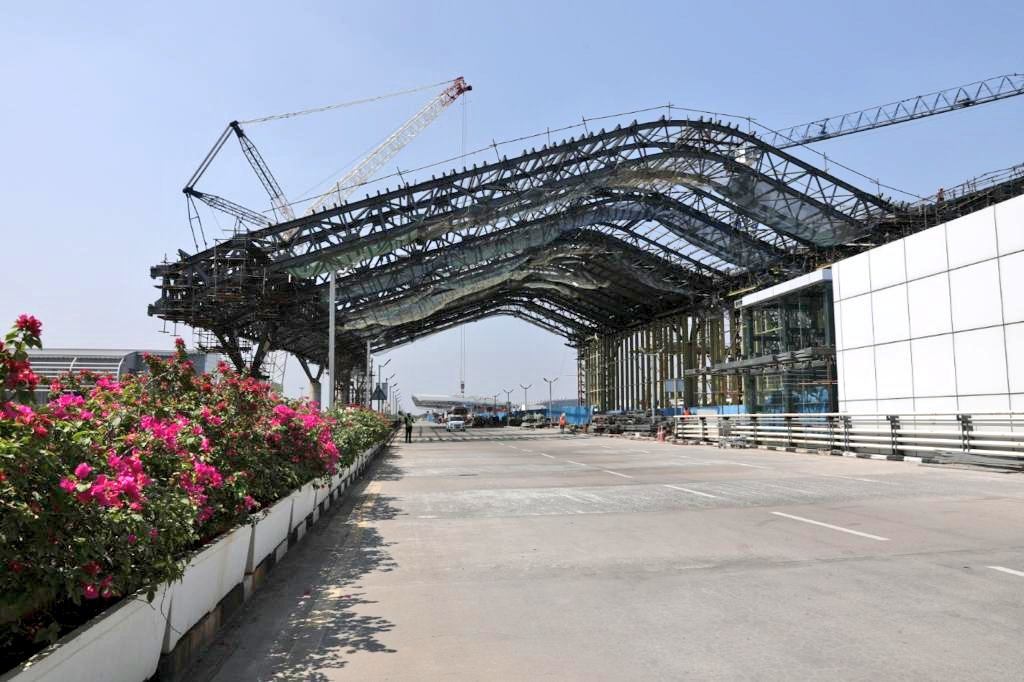
Civil Aviation Minister Jyotiraditya Scindia on Thursday, December 8 said work on the new terminal of the Chennai International Airport will be completed by 2024 and subsequently, it will be inaugurated.
Speaking in the Lok Sabha, Scindia also said a new site, Parandur, has been chosen for Chennai's second airport -- a greenfield one -- out of the four sites offered by the Tamil Nadu government.
"We have a very aggressive plan for the Chennai airport. We are spending almost INR 2,895 crore for the Chennai airport expansion plan. The probable time of completion of the work is somewhere in 2024. As soon as that is completed, we will inaugurate it," he said during Question Hour.
The new terminal of Chennai International Airport to be completed by 2024
The Tamil Nadu government has also instructed the Airport Authority of India (AAI) to draft a revised proposal for acquiring land on the other side of the Adyar river for the expansion of Chennai airport.
AAI had earlier asked the state government to acquire 306 acres for the construction of an international terminal and cargo terminal on the other side of the Adyar river.
The AAI and the Tamil Nadu Industrial Development Corporation (TIDCO) undertook a joint survey of six land parcels in and around the Cowl Bazaar region and concluded that the acquisition cost was too expensive.
TIDCO directed AAI to develop a new plan because, in addition to the huge land expenses, the acquisition of the land will result in the displacement of many families.
Chennai International Airport, one of India's largest airports, is now operating on 1,317 acres of land, the smallest in comparison to other major airports.
“We are now looking at acquiring 158 acres of uninhabitable land so that the cost of acquisition is less. Only those land which is uninhabitable will be acquired,” said airport director Sharad Kumar.
Chennai International Airport, one of India's largest airports, is now operating on 1,317 acres of land, the smallest in comparison to other major airports. Every year, the airport serves 22 million passengers.
Following further expansion, the airport will require additional apron bays for aircraft to handle a projected 55 million passengers. The cargo infrastructure would be changed to make room for the additional apron bays.
The airport's second phase of modernisation is set to be completed by December 2024.
ALSO READ - Chennai’s second airport to be at Parandur
Read next
Large-scale air demonstration led by Airbus, including fighters, helicopter, and drones makes its debut in Europe
Prashant-prabhakar
10 Dec 2022
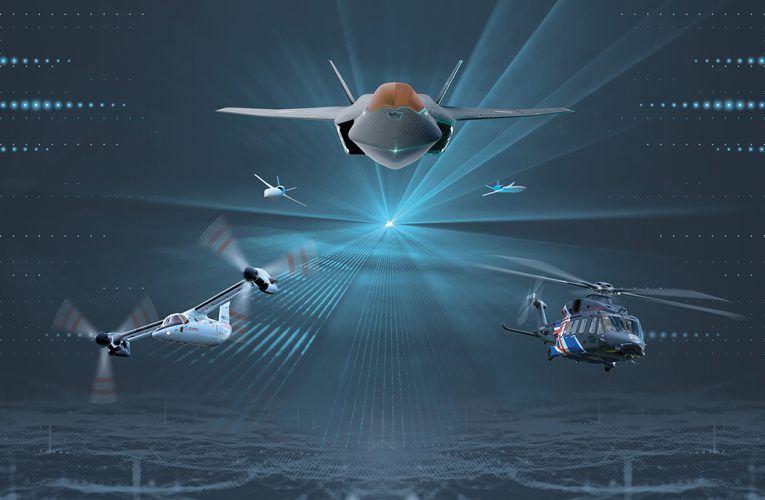
Two fighter jets, a helicopter, five unmanned remote carriers, and Europe's first large-scale multi-domain flying demonstration were conducted by Airbus and successfully completed a mission that may well occur in real conditions.
The project to construct a flying remote carrier (RC) demonstrator for the Future Combat Air System (FCAS) will now proceed to the following stage, which will further pave the way for FCAS in the upcoming years.
In the demonstration, a Learjet 35 from Airbus subsidiary GFD served as a stand-in for a fighter, with the crew controlling five modified Airbus Do-DT25 drones from remote carriers. Two of them were equipped with Electronic Support Measures (ESM) sensors from MBDA to identify the imaginary rogue warlord's ground air missile positions. Electro Optical (EO) cameras aboard the remaining three RCs were used to visually record and confirm the locations of the air defenses.
Airbus
Through a networking data link from Patria, all assets were linked. Additionally, one simulated fighter functioning as a command and control aircraft was displayed on the screens in the visitor tent where the contractor officials from the German and Finnish armed forces followed the demo.
Ground soldiers asked for close air support from a forward Joint Terminal Attack Controller (JTAC) after the air defense was taken down in order to assist them in capturing the fictitious rogue warlord.
An Airbus H145M helicopter arrived right away, assisting the squad in completing their objective. The H145M worked in tandem with one of the EO RCs, keeping a watch on the area and supplying the special forces with reconnaissance information. The helicopter crew commanded the RC directly from the cockpit while the video stream of the Do-DT25 was directly sent to the H145M. The JTAC coordinated the attack by sending a digital emergency notification to the helicopter (9-liner request) and partially taking over one EO RC's command and control to evaluate the situation.
Do DT25 drone | Representative | SOURCE
With the Multi-Domain Flight Demo, or MDFD, we demonstrated for the first time in Europe how manned-unmanned teaming capabilities and functionalities with up to ten connected assets work in a real-life inspired scenario and under near operational conditions. This is yet another example of how we push boundaries and pioneer technologies so that our customers can fulfill their missions: saving lives and ensuring a better future for us all- said Jean Brice Dumont, Head of Military Air Systems at Airbus
Remote carriers of various shapes and sizes are essential components of FCAS, where they will function with the manned New Generation Fighter and the Eurofighter in a networked combat cloud environment.
Conducting such collaborative engagements will require high levels of autonomy with only little direct and indirect human control- explains Airbus project manager Thomas Gottmann
RCs operate under the control of manned fighter aircraft and offer improved pilot protection while expanding the operational envelope and their capacity to intervene in dangerous circumstances.
The German Bundeswehr, the Finnish Defense Forces, and industry partners including the missile manufacturer MBDA Germany, the provider of compact airborne networking data links Patria, the startup company for autonomy and mission technology HAT.tec, and the maker of Robonic's drone launch system were all involved in the MDFD, which was headed by Airbus.
SOURCE: AIRBUS
COVER: AIRBUS

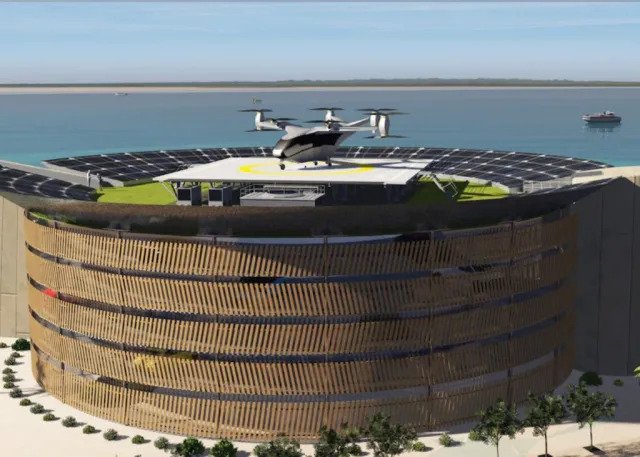

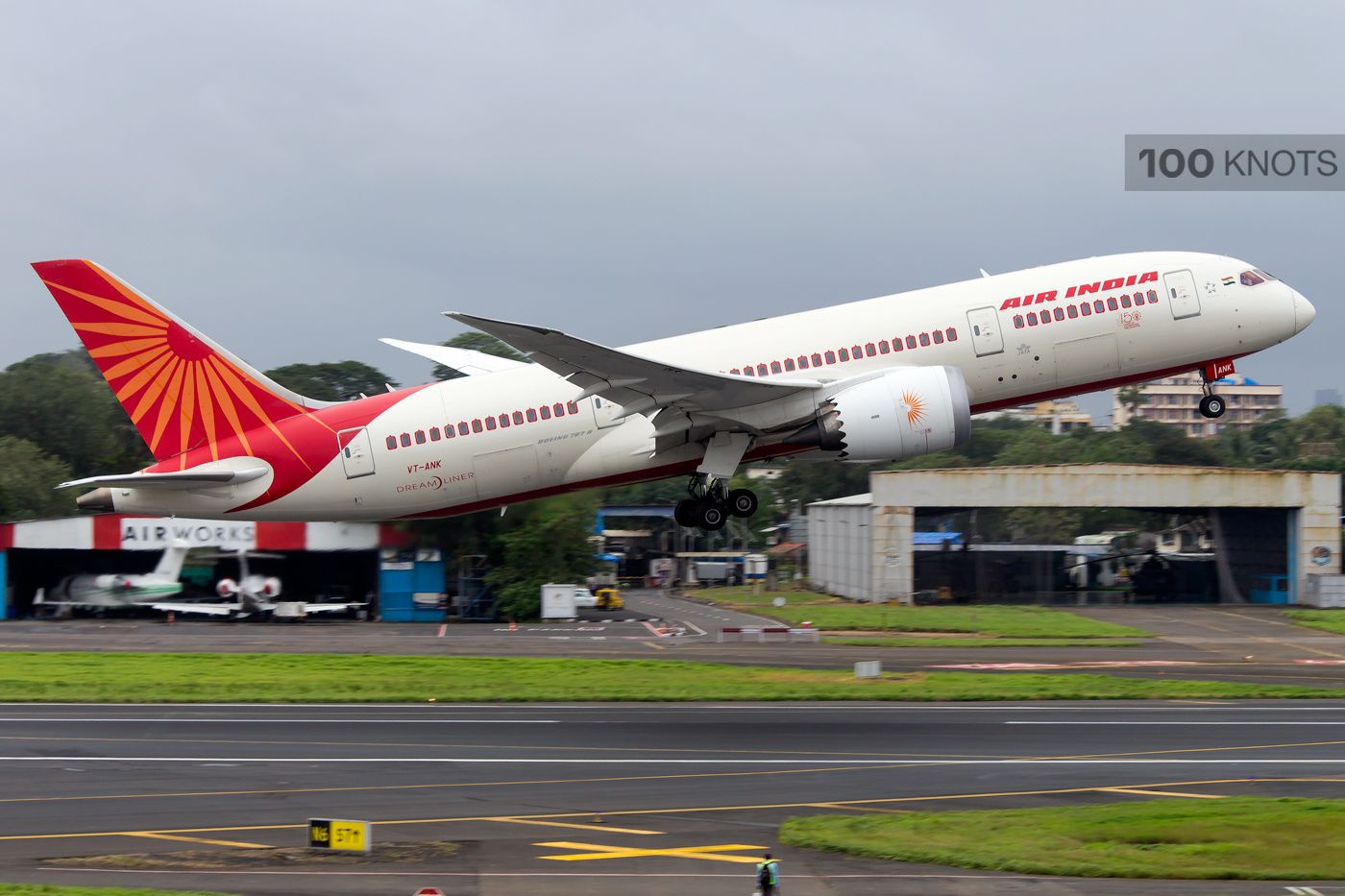
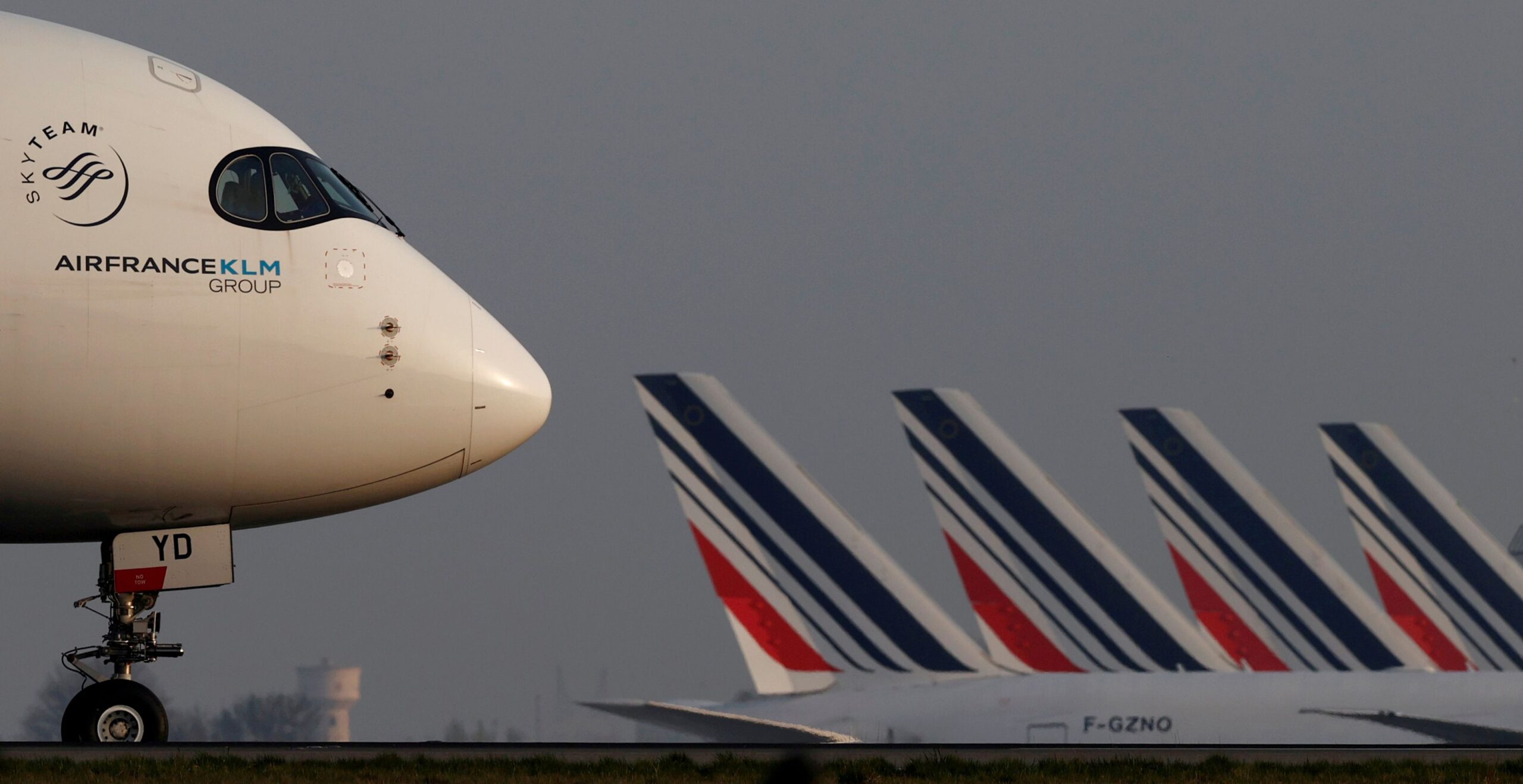
Comment